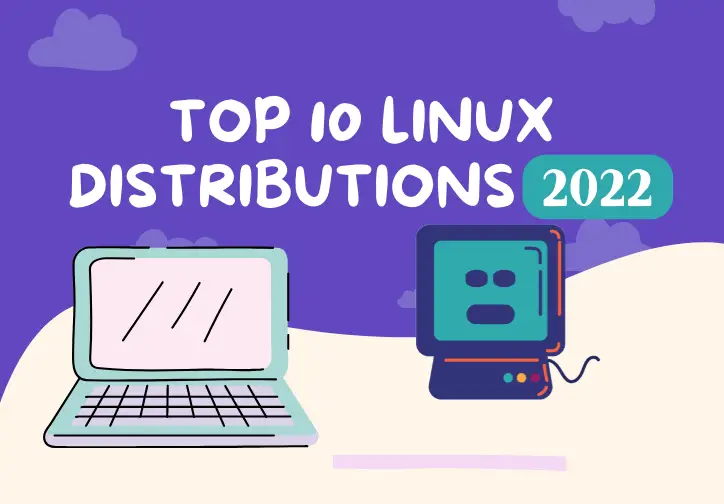It appears smooth to create Linux distributions those days. Take your favored distro, alternate the laptop environment, upload a fixed of apps you discover essential, perhaps slap on a few custom wallpapers, and speak to the very last product your personal Linux distribution.
Many will argue that derivatives like the ones are not “real” Linux distributions. You’ll discover discussions in this problem all around the Internet, wherein professional and not-so-professional customers conflict to determine what makes a “real” Linux distro.
Now and then, a brand new distribution will pop out and the bulk of customers will agree it merits praise. Many of these distros start small, maintained with the aid of using an unmarried developer with a modern vision. Sadly, they don’t usually get interested from the tech press.
That’s why we determined to provide ten Linux distributions you ought to recognize – whether or not it’s due to their unique contribution to the FLOSS community, or due to the fact their appearance and paintings great.
01.MX Linux
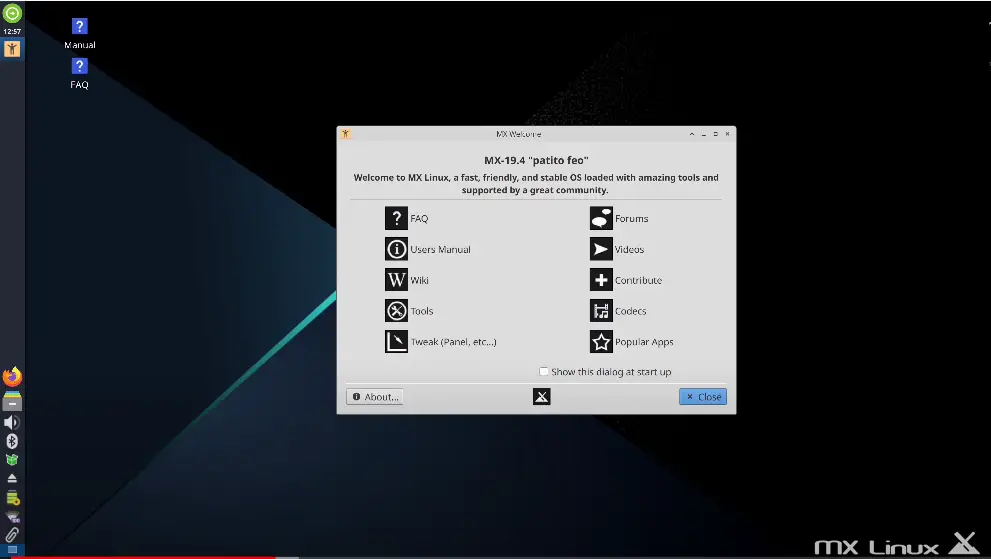
MX Linux takes the top spot on the list because of its high reliability, beautiful and efficient desktop, and simple learning curve. It is a Debian-based midweight desktop-oriented Linux operating system. It has a straightforward setup, good performance, and a medium-sized footprint. It’s designed for a wide range of consumers and applications.
Furthermore, it is mostly user-oriented, and it includes a certain amount of non-free software to ensure that the system works right out of the box.
MX Linux is unique in that it includes the system (system and service manager) by default, but it is deactivated due to the controversy surrounding it. Instead, it utilizes system-shim, which emulates most, if not all, of the system functions necessary to execute the helpers without using the init service.
02.Manjaro
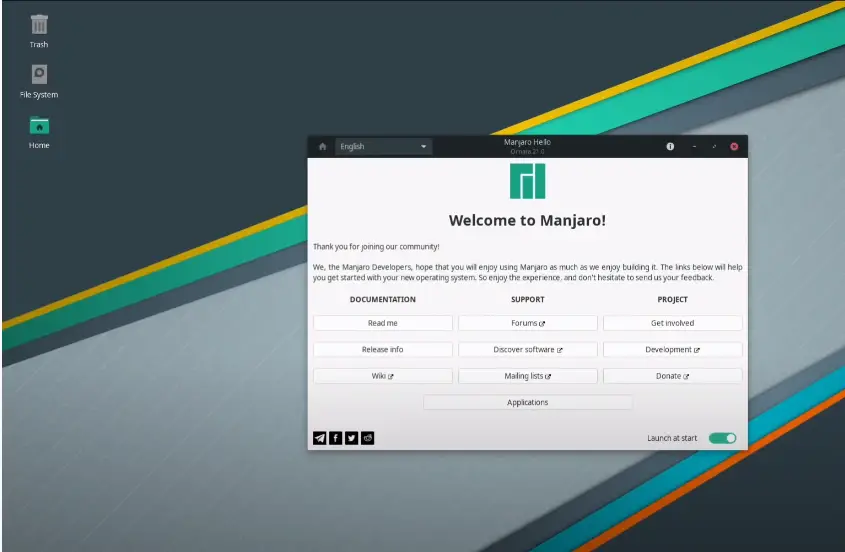
Manjaro, a Linux distribution primarily based totally on Arch Linux, seeks to make use of the strength and capabilities that make Arch this kind of extraordinary distribution whilst additionally handing over an extra excellent setup and working revel in out of the container for each new and pro Linux users.
Manjaro has preloaded computer environments, graphical programs (inclusive of a software program center), and audio and video codecs.
03.Mint for Linux
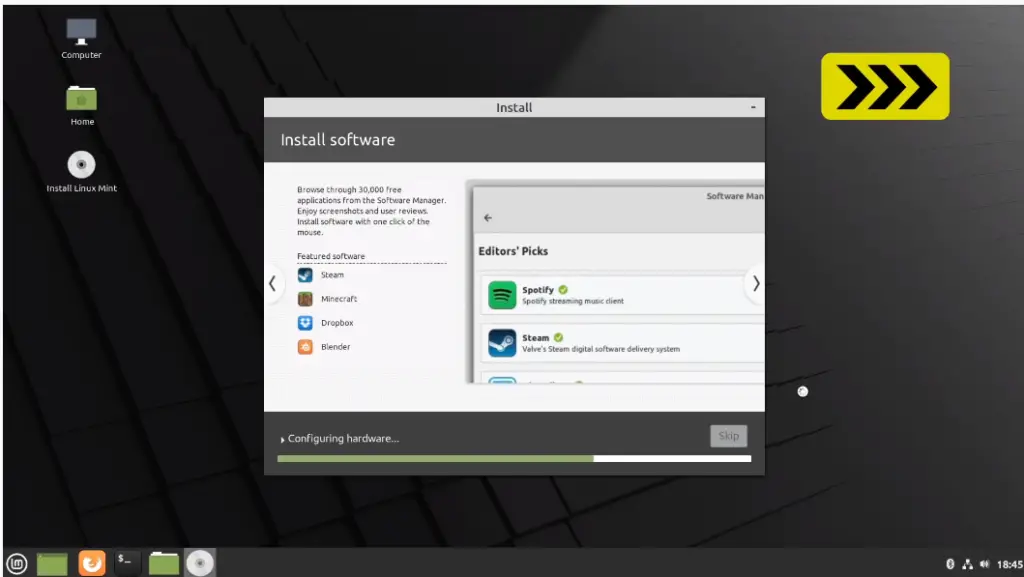
The well-known motto of Linux Mint (“Elegance originated from freedom”) does not simply mean something. Based on Ubuntu, the Linux distribution is stable, powerful, complete, and easy to use – and a list of good words may be added to characterize Mint.
Of the key characteristics of Mint are that you may pick from a list of workstations throughout the installation process, and you can be comfortable that you can play the music and video files without any further settings when it is installed, as basic installation offers multimedia codecs from the box.
04.Ubuntu
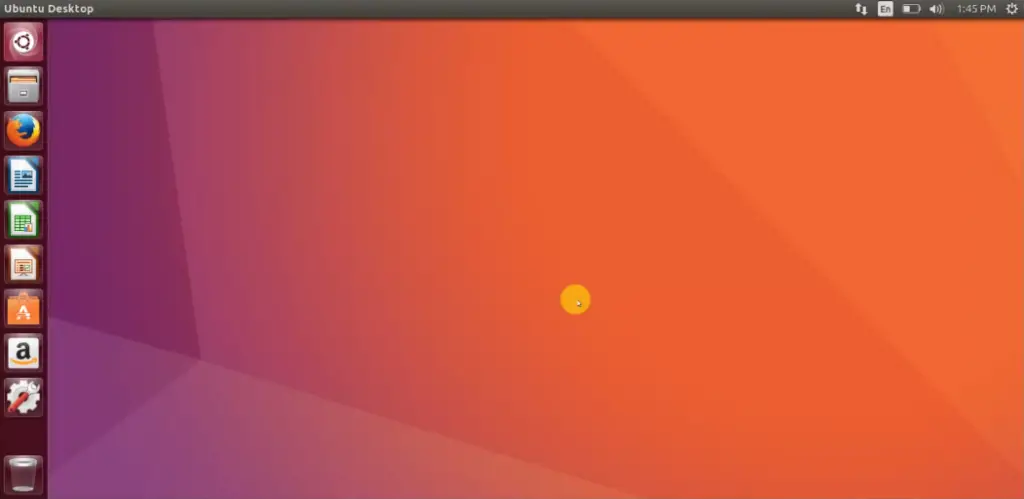
Maybe no introduction to this distribution is necessary. Canonical, Ubuntu business, has put a lot of work into making it a popular and wide-ranging platform that is currently available on smartphones, tablets, PCs, servers, and cloud VPS.
Ubuntu is also based on Debian and is a very popular distribution among new users – perhaps because of its long-lasting expansion. Ubuntu is the foundation for further variants of the Canonical family including Kubundo, Xubuntu, and Lubuntu but is not taken into account in this ranking.
Furthermore, the installation package has the Try Ubuntu feature, which allows you to test Ubuntu before installing it on your hard drive. Nowadays, only a few major distributions offer such functionality.
05.Debian

Debian Linux is a rock-solid Linux distribution that is dedicated to free software (and will always be 100 percent free), but it also allows users to install and use non-free applications on their PCs for productivity purposes. It is used on both desktop and server computers, as well as to run the cloud infrastructure.
It is the foundation of several prominent Linux distributions, including Ubuntu and Kali Linux. It is one of the two oldest and most well-known Linux distributions (the other being RedHat Enterprise Linux).
The Debian repository for the current stable version (codename Buster) includes a total of 59,000 packages, making it one of the most comprehensive Linux distributions.
Although its major strength is on servers, the desktop edition has undergone significant upgrades in terms of features and design.
06.Elementary OS
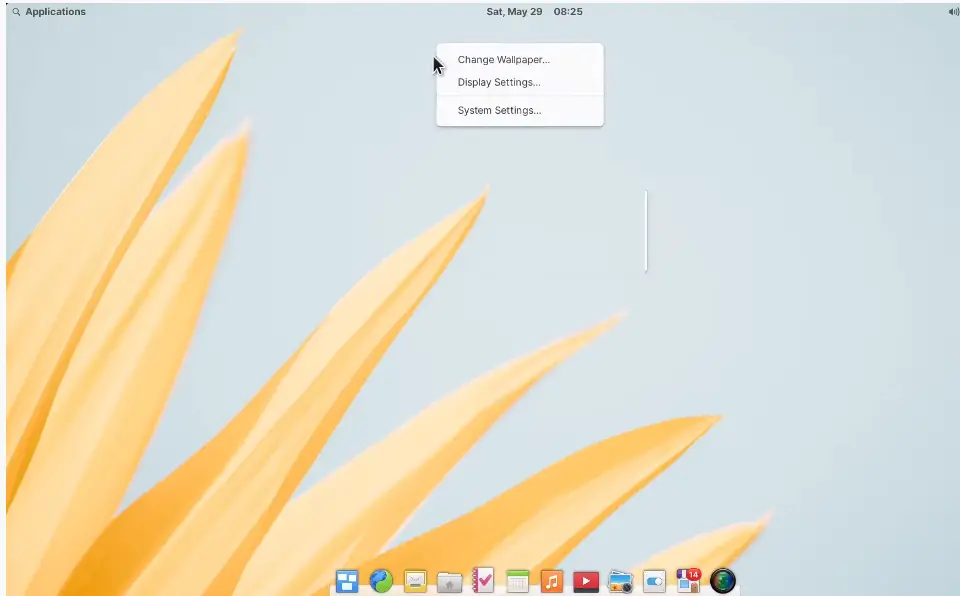
This nice-searching Ubuntu LTS-primarily based totally computing device Linux system, marketed through its makers as “a brief and open alternative for Windows and OS X,” became first of all made to be had in 2011 and is currently on its 5th solid version (codename “Hera”).
Because the primary OS is constructed on Ubuntu, its repositories and applications are absolutely compatible. Personally, I suppose that is one of the maximum visually attractive computing device distributions I’ve ever seen.
07.Solus

Solus is a Linux distribution created from scratch. It is designed particularly for home and business computing. It comes with a selection of applications from the box so that you can set your gadget up easily.
A bespoke desktop environment dubbed Budgie, coupled with the GNOME stack is among its more interesting features (and can be configured to emulate the look and feel of the GNOME 2 desktop).
Developers are also useful in providing a wide range of development tools, such as editors, languages of programming, compilers and version management systems, and containerization/virtualization technologies.
08.Zorin OS
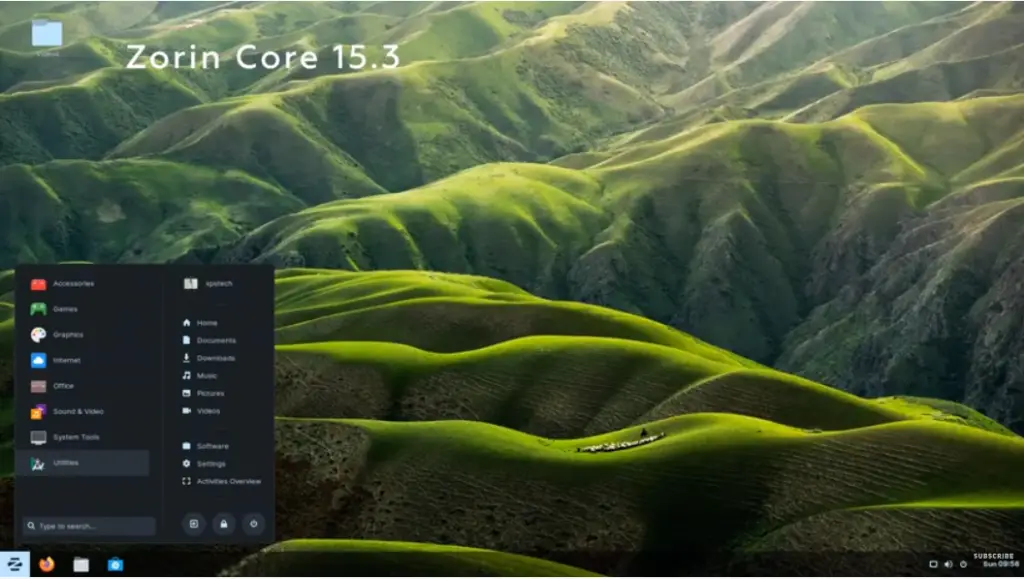
Zorin OS is one of Linux’s best and easiest currently accessible desktop distributions. It provides a doorway to the world of Linux, Windows, and macOS. It is famous for its strong, clean, and polished desktop that includes the Zorin Appair program that allows users to customize the desktop to seem like a known environment.
09.Fedora
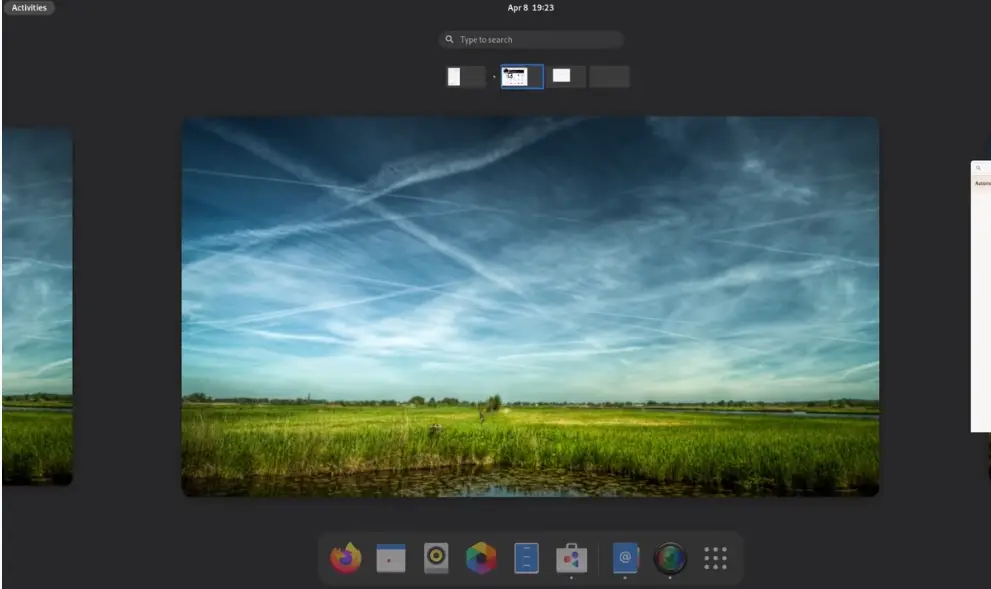
Fedora, a worldwide community of volunteers and developers built and running the Fedora (and sponsored by Red Hat), is still one of the top-sellers for years now because of its 3 key versions (Workstation, server version and cloud images) and the ARM version for (typically headless) servers. For years now Fedora has been one of the top available distributions.
However, Fedora‘s probably most distinctive feature is that it always leads to new package versions and technologies being incorporated in the distribution. Furthermore, Fedora is the source of new versions of Red Hat Enterprise Linux and CentOS.
10.Deepin
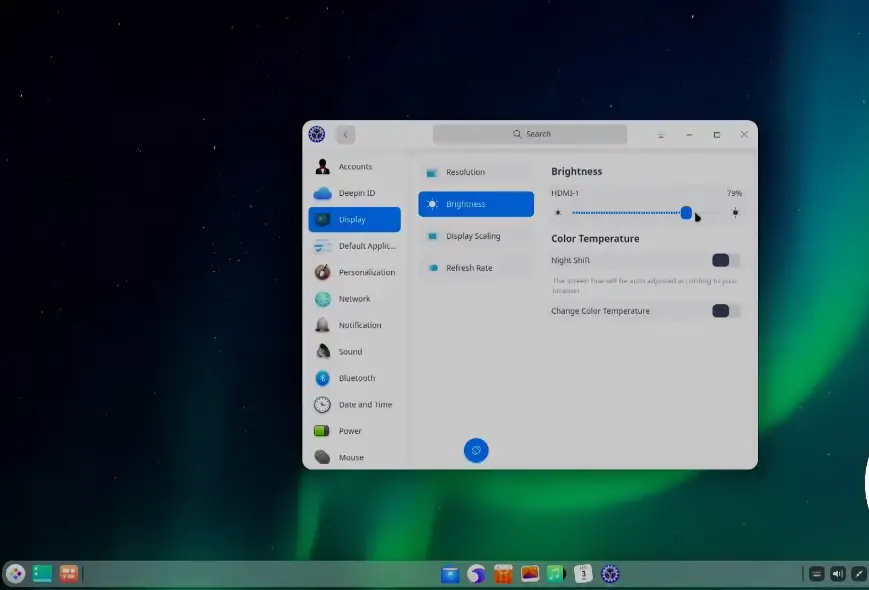
Deepin is a desktop-oriented, Debian-based operating system for Linux (previously known as Deepin, Linux Deepin, or Hiweed GNU/Linux). This system supports laptops, desktops, and all-in-one systems. It strives to give worldwide users a beautiful, user-friendly, safe, and dependable operating system.
The Deepin Desktop Environment (DDE), many native apps, and pre-installed Open Source software allow you to enjoy various leisure activities but also satisfy your everyday requirements. In the Deeping Store, you may discover about 1000 apps for user needs.
Conclusion
In this paper, the top 10 Linux distributions for 2021 have been briefly explained. We hope, that this guide will help you to take an educated decision when you’re a new user who tries to choose which distribution to start your trip, or if you are a seasoned user who wants to explore new alternatives.

